New Energy Academy building in Groningen all ready for teaching and research into Energy
The most sustainable teaching building in the Netherlands has risen from the ground on the Zernike Campus Groningen at a record pace. We are, of course, talking about the Energy Academy (EA). On 14 October, after a construction period of just 18 months, ENGIE Services and building consortium Friso-Koopmans handed the keys to this unique building to the University of Groningen. This signifies the completion of an ambitious building project and the creation of an inspiring setting for organizations that will work on the transition to sustainable energy.
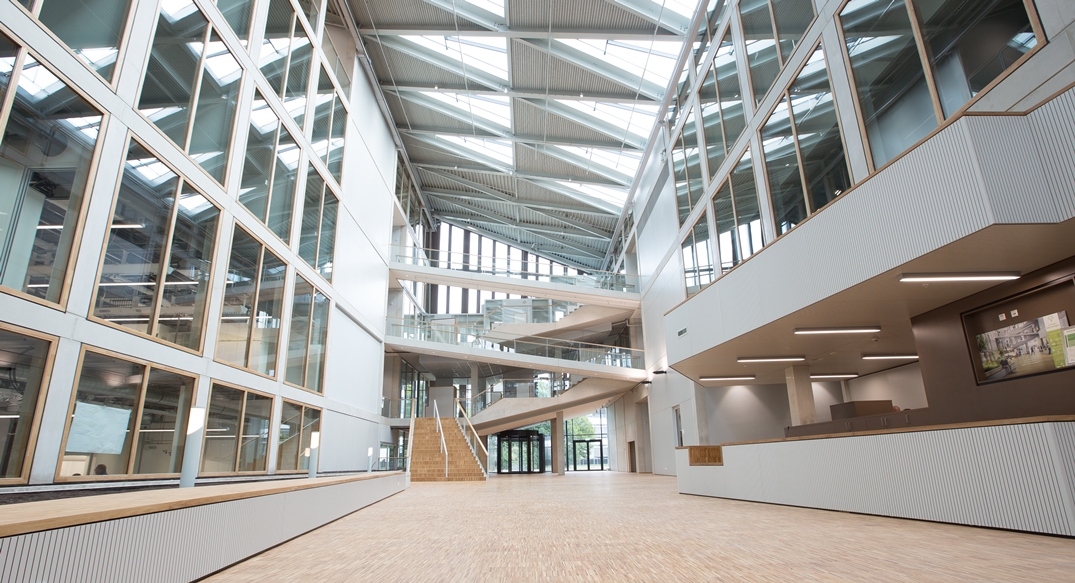
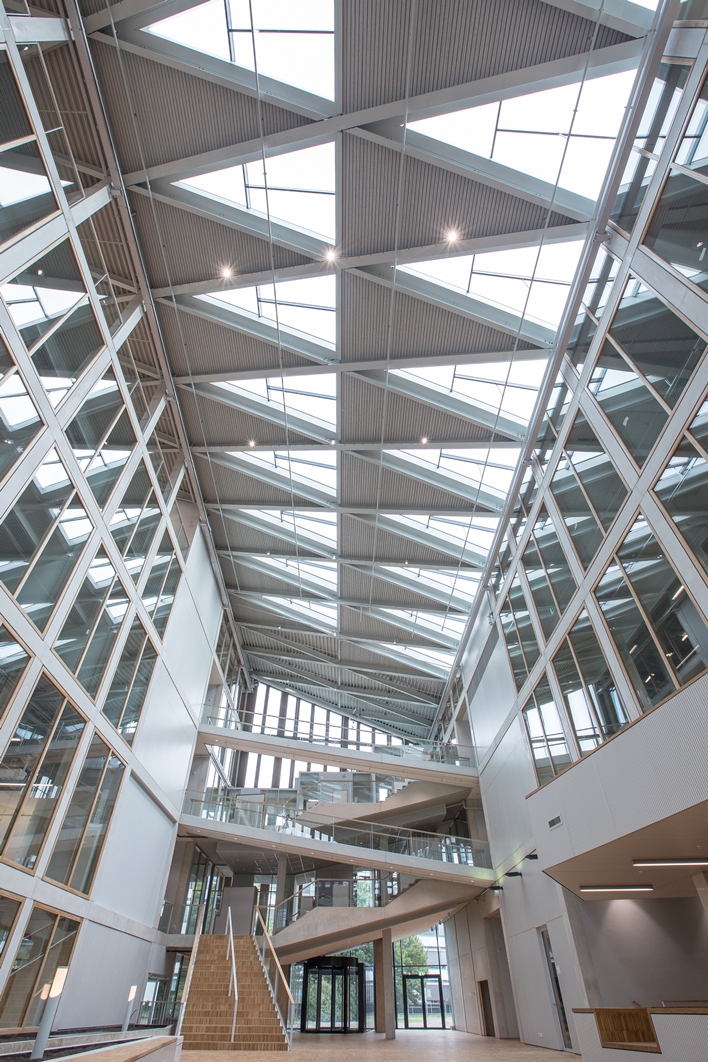
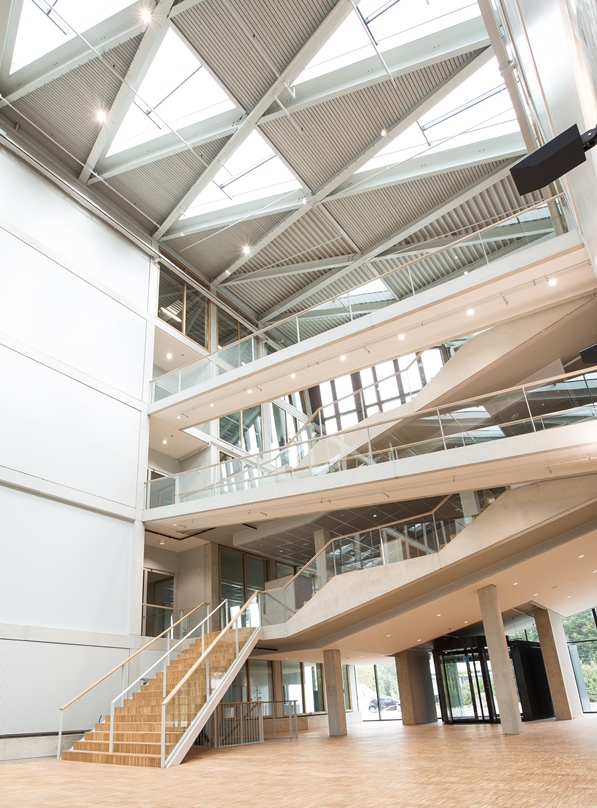
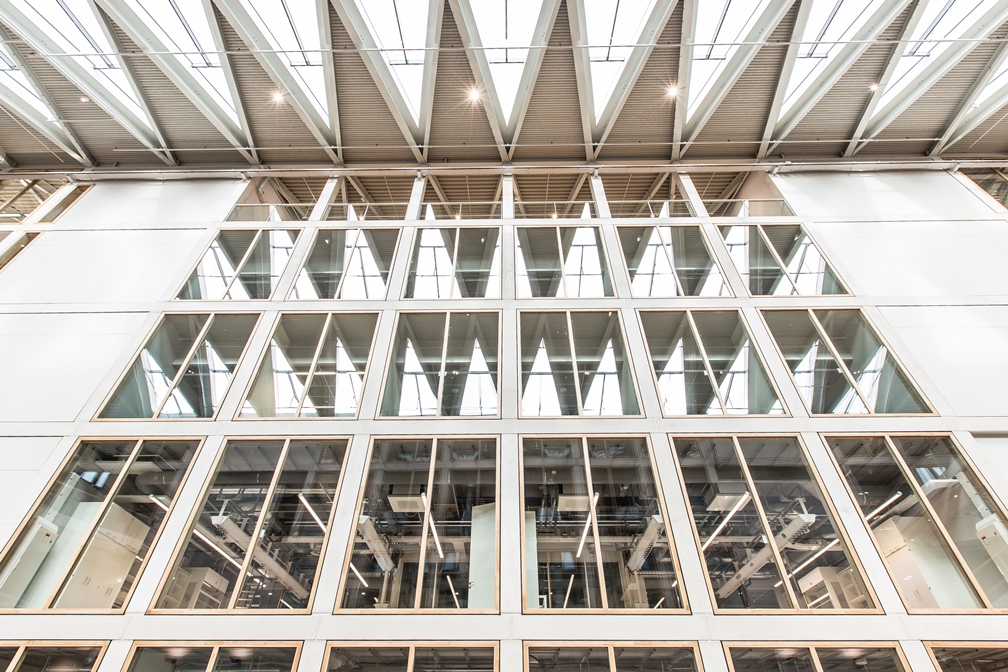
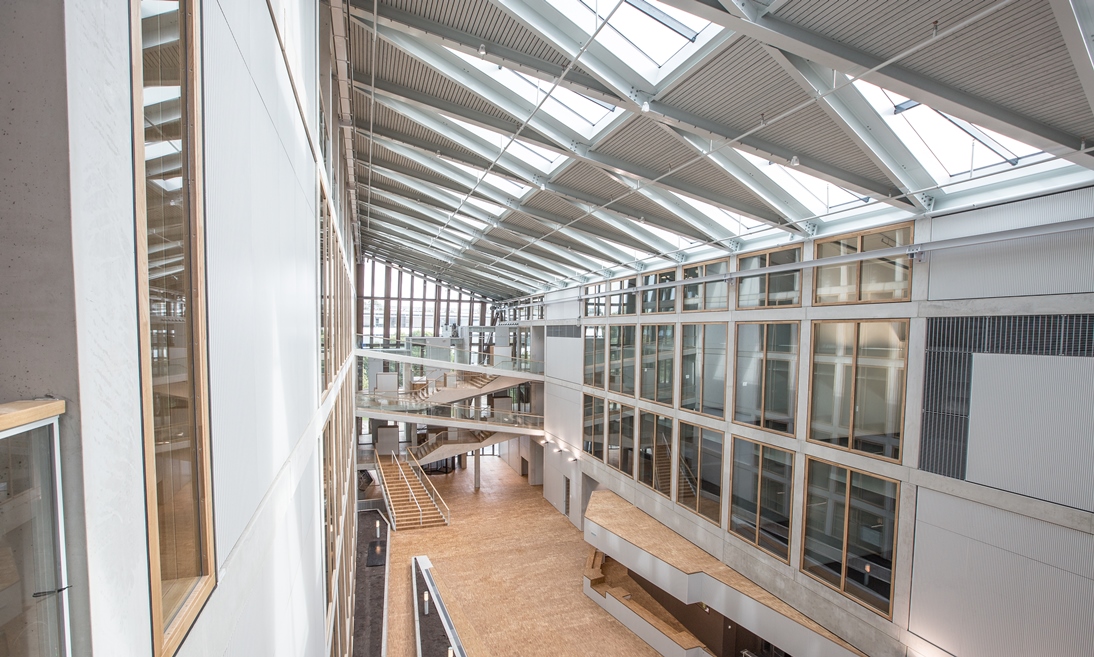
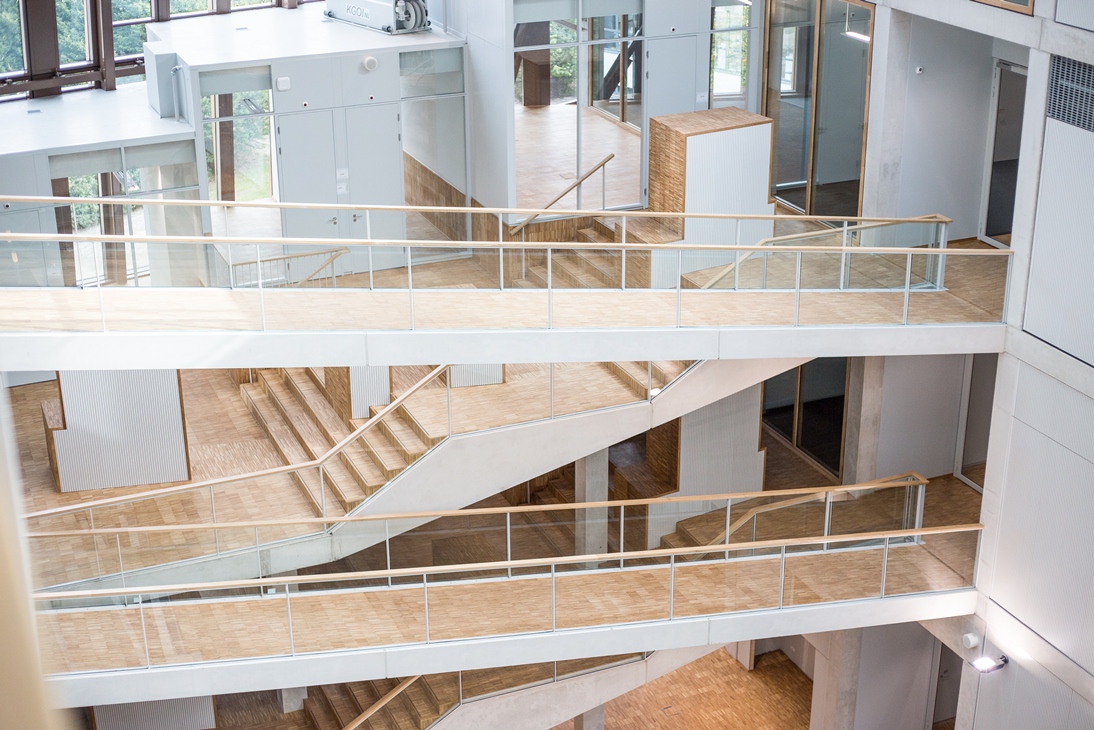
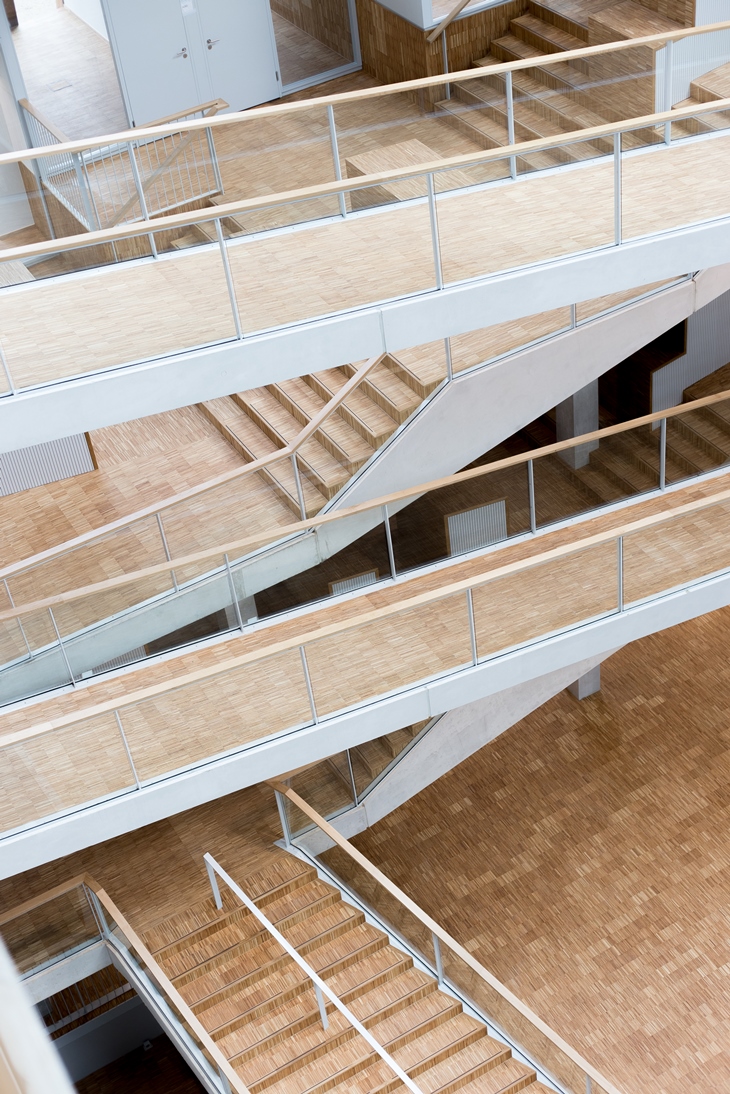
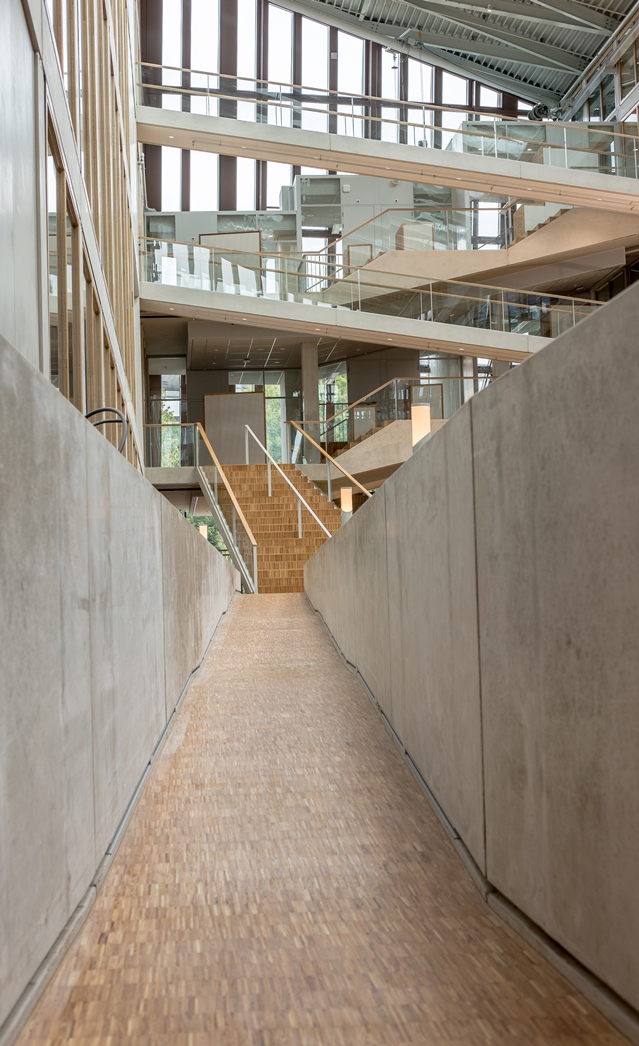
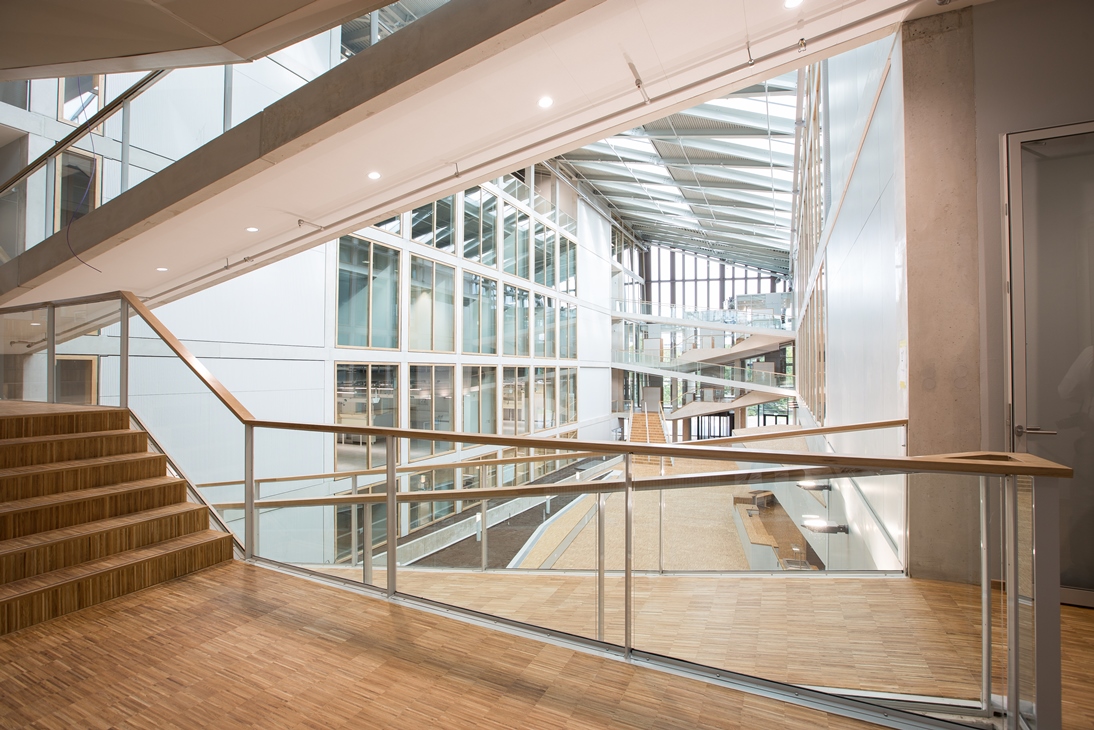
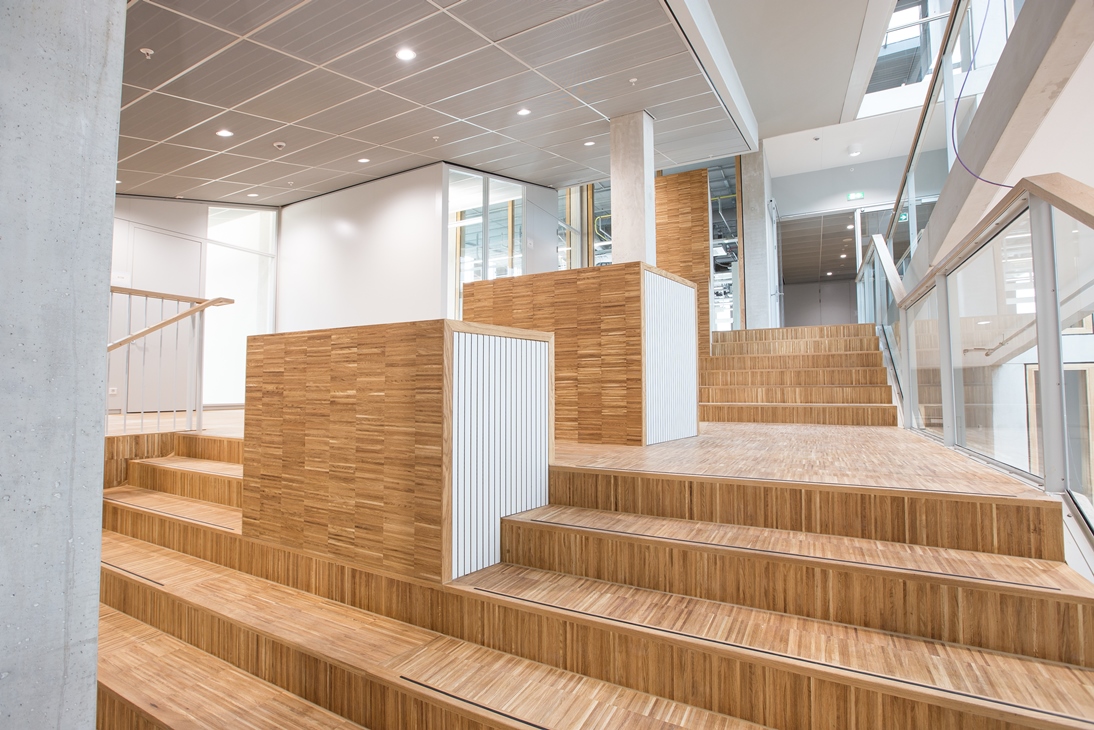
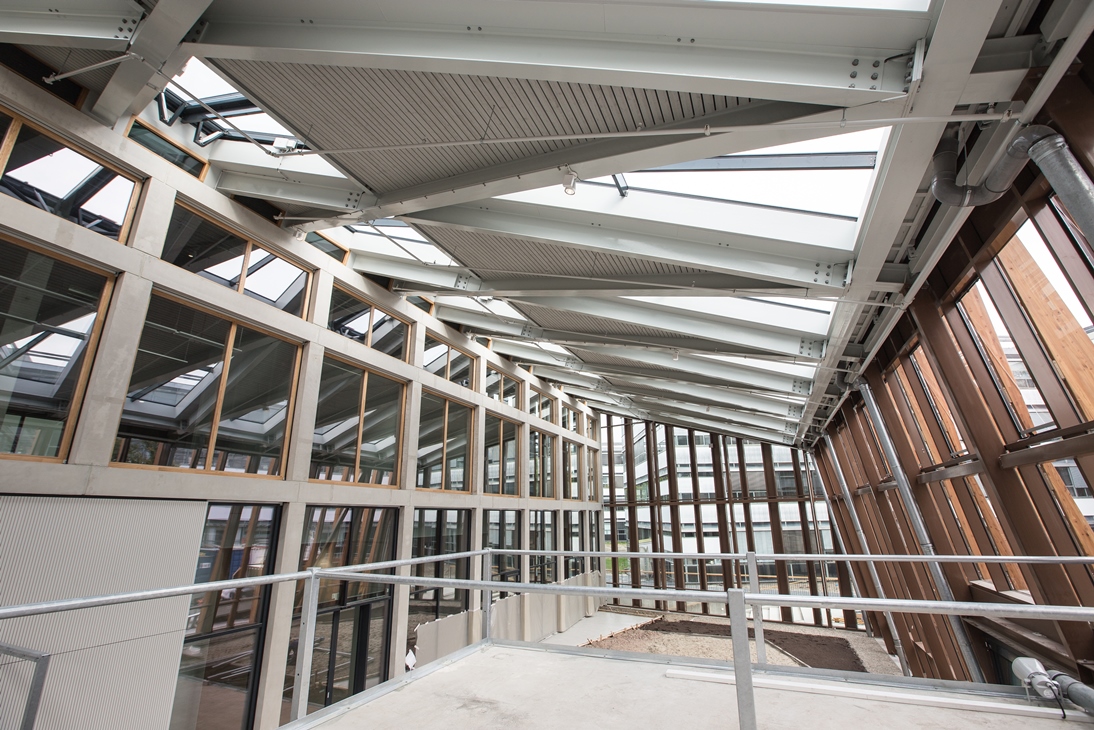
Exceptionally sustainable solutions and earthquake resistance
The building (15,000 m2) is designed to serve as an example at a time when fossil fuels and other polluting, high - consumption solutions are to become a thing of the past. This exceptionally energy - efficient building has the highest certificate for sustainability performance - the BREEAM rating ‘Outstanding’ – and has secured a reputation as the most sustainable teaching building in the Netherlands. The smart design means that the building will not only use very little energy, but will also produce more energy than it consumes.
Roughly speaking, the building comprises two sections. The research areas with laboratories and related workshops have been built on the north side, while the south side houses workspaces, a winter garden and teaching rooms. The winter garden serves as an important buffer zone, where air can be acclimatized.
Smart use of nature
How has this been achieved? A low-tech approach to the energy issue was chosen for this building. The design makes optimum use of readily available natural resources, such as earth, water, air and sunlight. Energy is generated using solar panels, a ‘solar chimney’ helps with natural ventilation, the winter garden creates a pleasant indoor climate and geothermal energy is used to heat and cool the air. Finally, rain water is collected for flushing the toilets and watering the plants. At the same time, the Energy Academy has become the first new, large - scale, earthquake-resistant building in Groningen.
> Read on
If natural resources temporarily prove insufficient, back-up installations have been fitted for heating, ventilation and lighting systems.
October 2016
Photographer is Gerhard Taatgen.
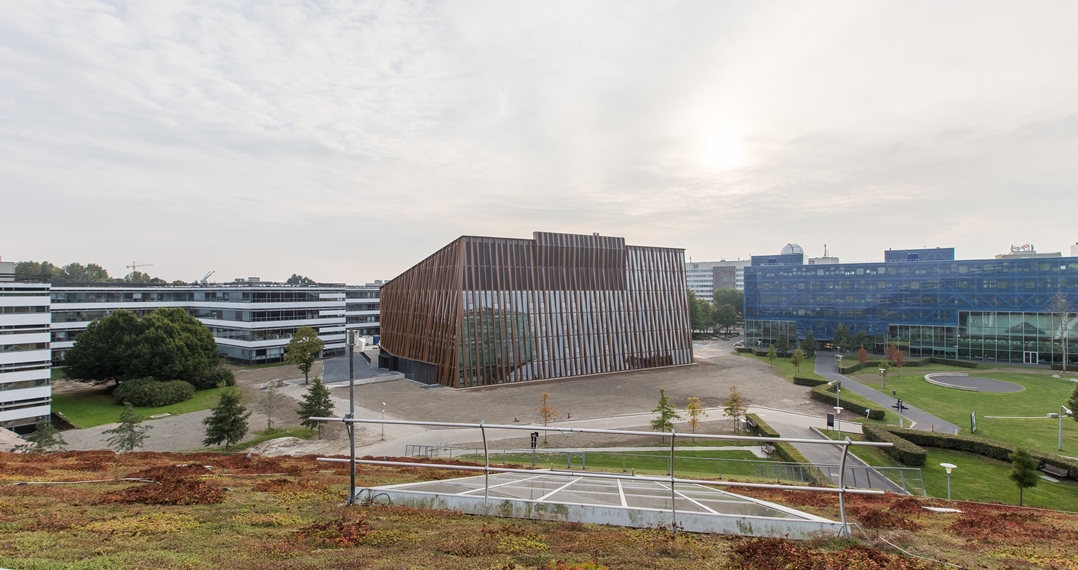
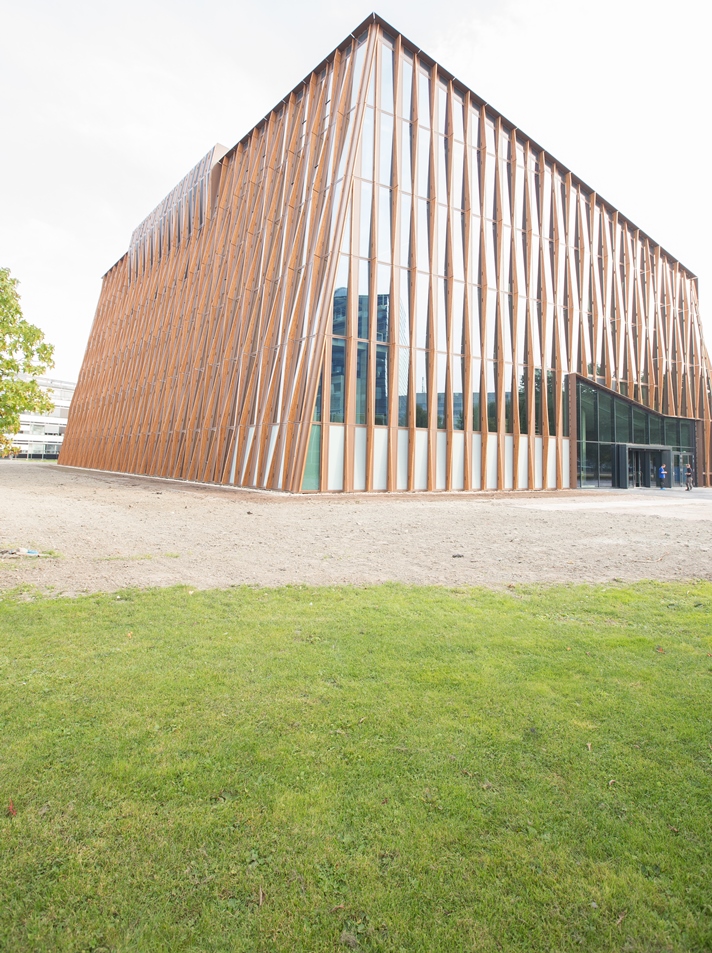
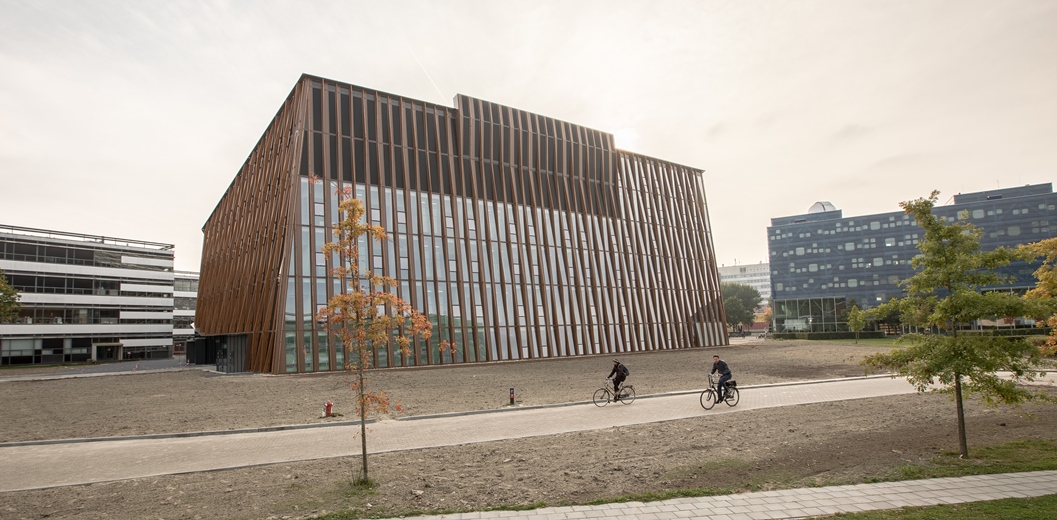
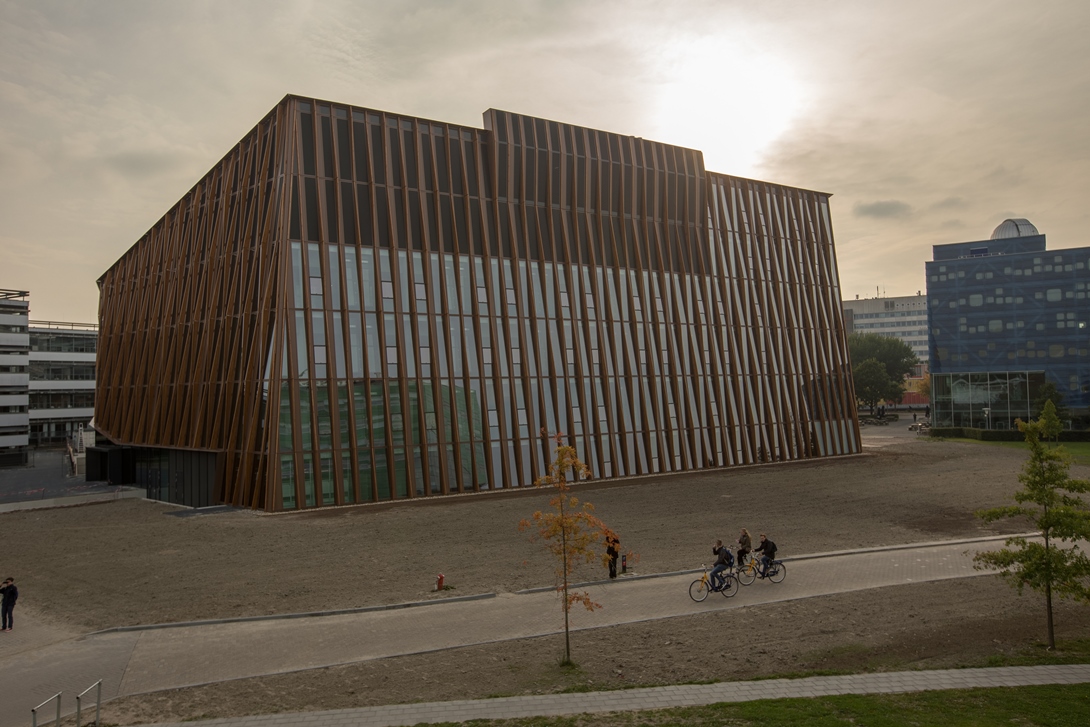
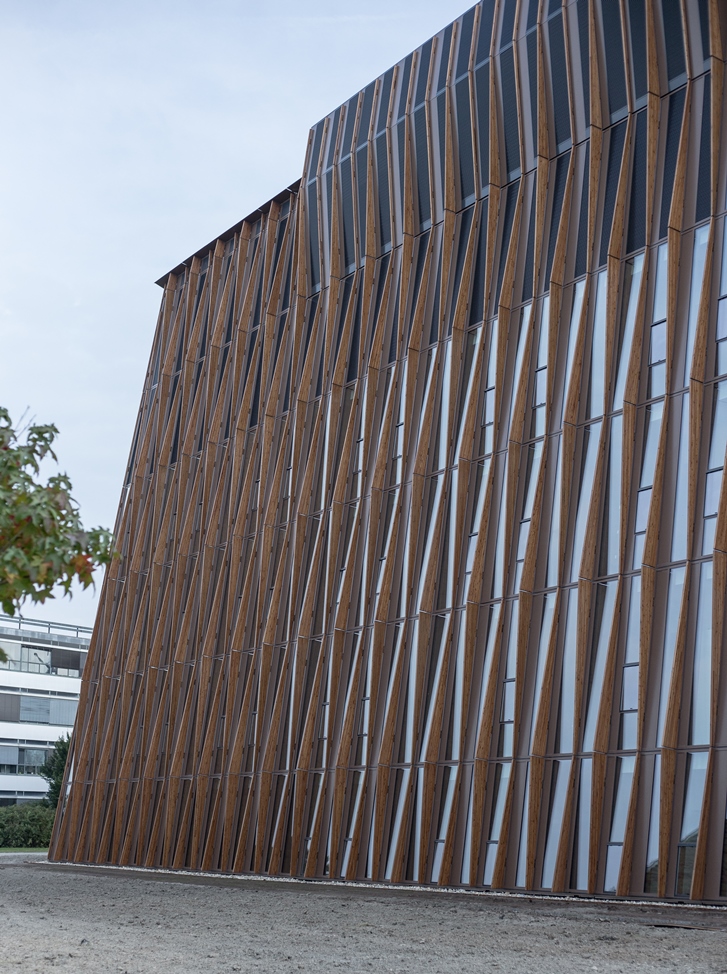
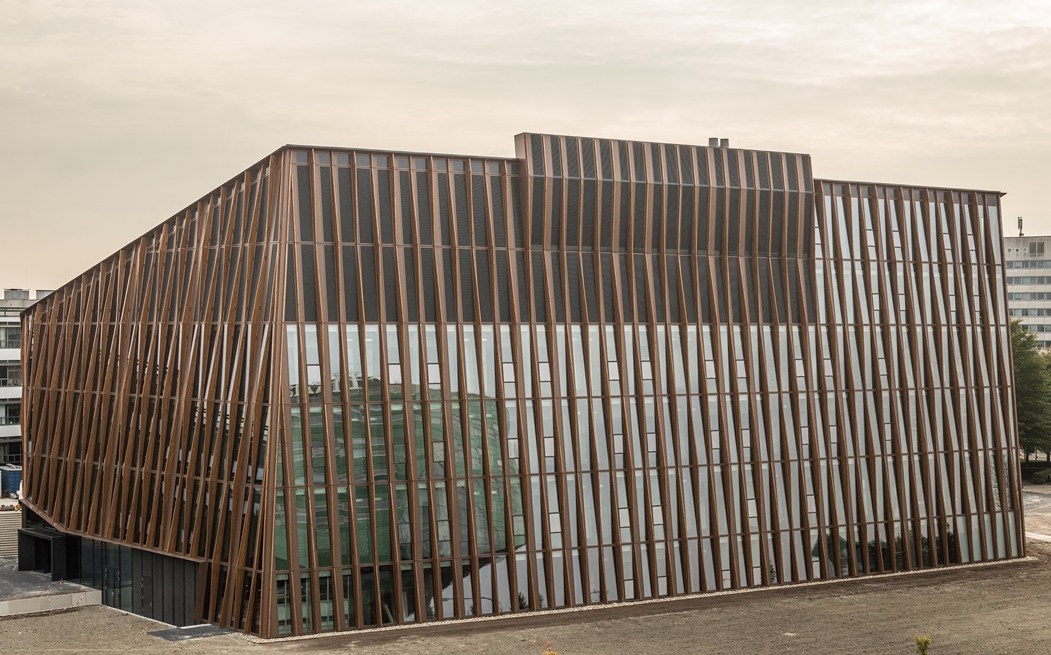
Fresh air at the right temperature without energy
One of the most striking solutions for providing natural ventilation at the right temperature is the ‘solar chimney’, in combination with the winter garden and a labyrinth under the building. The solar chimney on top of the building is a warm spot that stimulates the air flow. Air enters the building underground and flows slowly through a long system of ducts (i.e. the labyrinth) under the building, where it is heated in the winter or cooled in the summer with geothermal energy to ensure the right air temperature.
Play of lights
‘Everything about this building is extraordinary. We sometimes call it the “energy motor building”, ’ says Doeke Reinsma, project leader on behalf of Friso-Koopmans. ‘The unique combination of skylights and solar panels and the south-facing roof means that the light inside the building changes constantly. The façade, partly clad with larch wood fins, creates playful shadows and dispenses with the need for extra sun blinds.’
‘The sloping roof ensures optimum solar performance, but also allows natural daylight to enter the building. The l ow-energy LED lighting only serves as a back-up if it gets too dark’, adds Herman Sandmann, Project Manager at ENGIE. ‘The hybrid systems providing the dynamic transition from daylight to LED lighting were designed and fitted using the very latest technology. The same type of hybrid solution was used for the ventilation, ensuring that natural drafts provide the building with enough fresh air. The mechanical ventilation only switches itself on in exceptional circumstances.’
Fauna tower
The building also makes a sustainable contribution to its immediate ecological surroundings. A ‘fauna tower ’ and fauna-friendly green spaces have been designed to attract bats and swifts, as well as insects, such as bees and butterflies. Adjacent verges of wild flowers also attract insects, which then serve as food for the birds and bats.
Energy of the future
Friso-Koopmans and ENGIE are proud to have joined the University of Groningen in taking on the challenge of building the most sustainable teaching building in the Netherlands. The occupants will start moving into this unique building from November onwards. They are the Energy and Sustainability Research Institute Groningen (ESRIG), staff and students of Hanze University of Applied Sciences Groningen, Energy Academy Europe, Energy Valley and the Energy Delta Institute. These parties will work together to make the transition to the energy of the future.
This project is co-financed by the Northern Netherlands Provinces alliance (SNN), the Ruimtelijk Economisch Programma and by the Ministry of Economic Affairs.
The building was constructed with the help of:
Contractors
|
Building and construction: |
Building consortium Friso-Koopmans |
|
Technical services: |
ENGIE |
|
Geothermal energy: |
UNICA |
|
Laboratories: |
Wesemann |
|
Solar panels (to be mounted): |
One Solar |
Design
|
Architect: |
Broekbakema in conjunction with De Unie Architecten (formerly pvanb architecten) |
|
Installation advice: |
ARUP |
|
Construction: |
Wassenaar |
|
Laboratory advice: |
Dr Heinekamp |
|
Building physics and fire safety: |
DGMR |
|
BREEAM expertise: |
DGMR |
|
Management: |
ICS advisors |
Note for the press
- For more information about the new EA building, go to : www.rug.nl/groundbreakingwork .
- Watch the brilliant animation video: How does the building work?
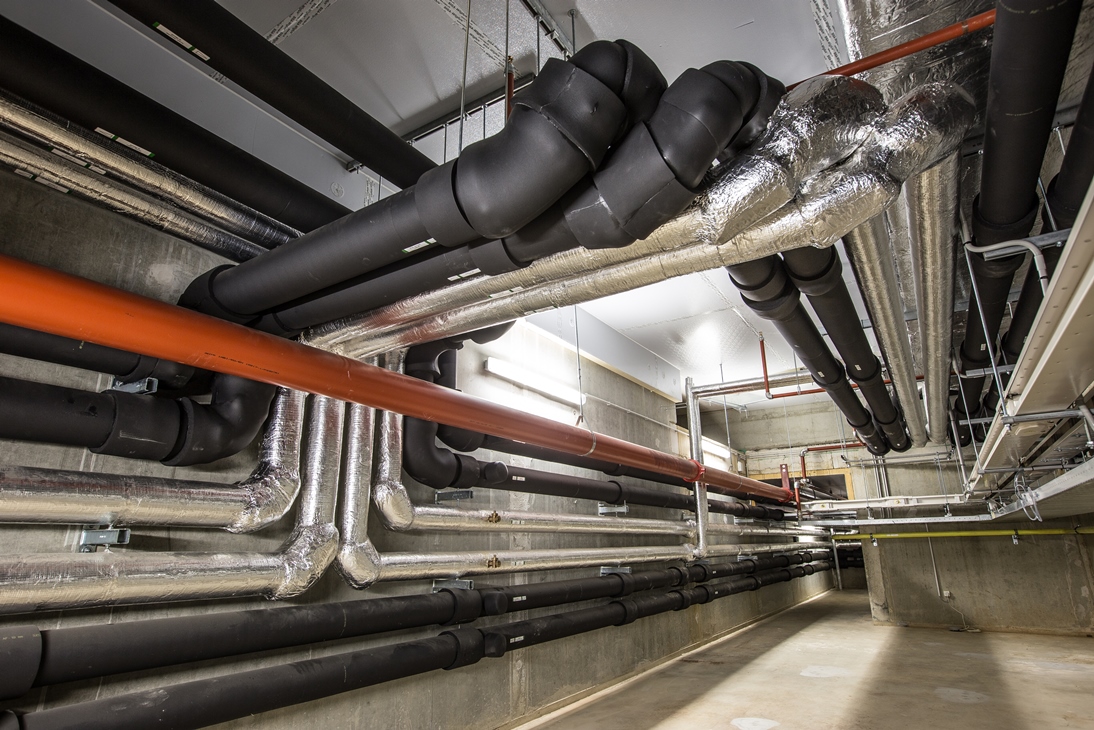
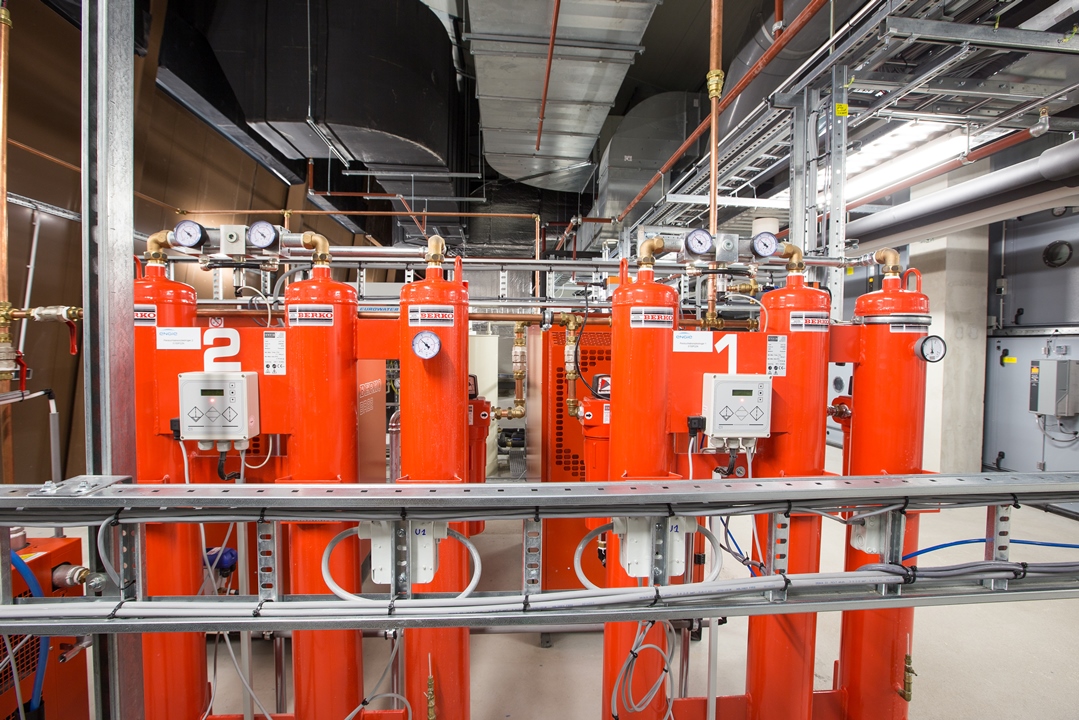
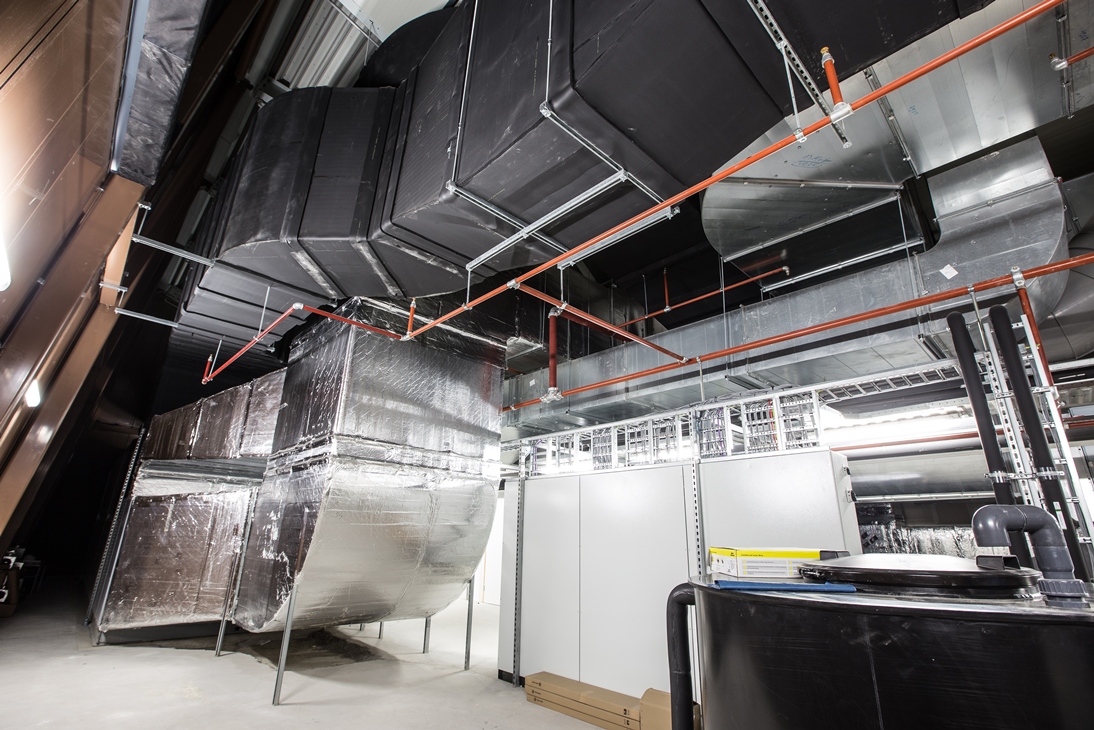
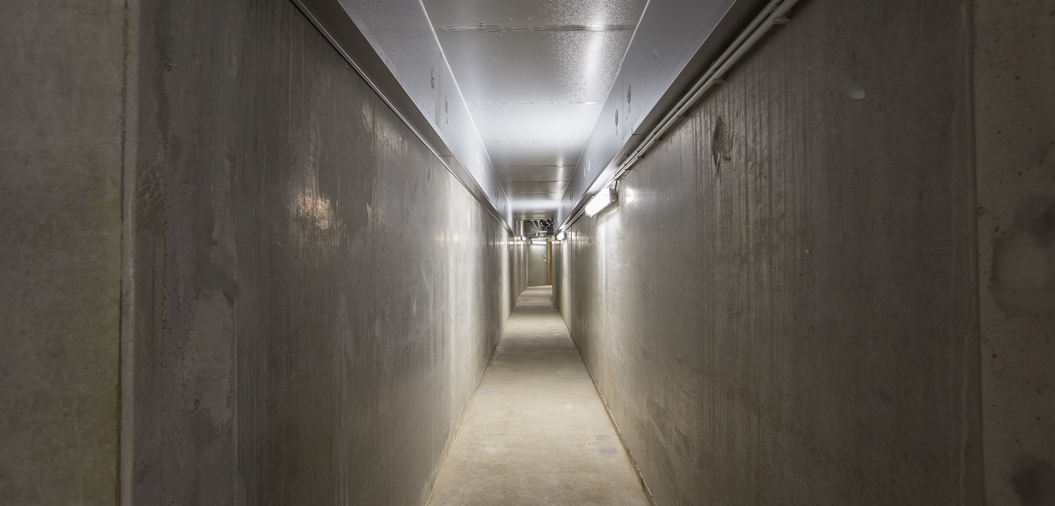
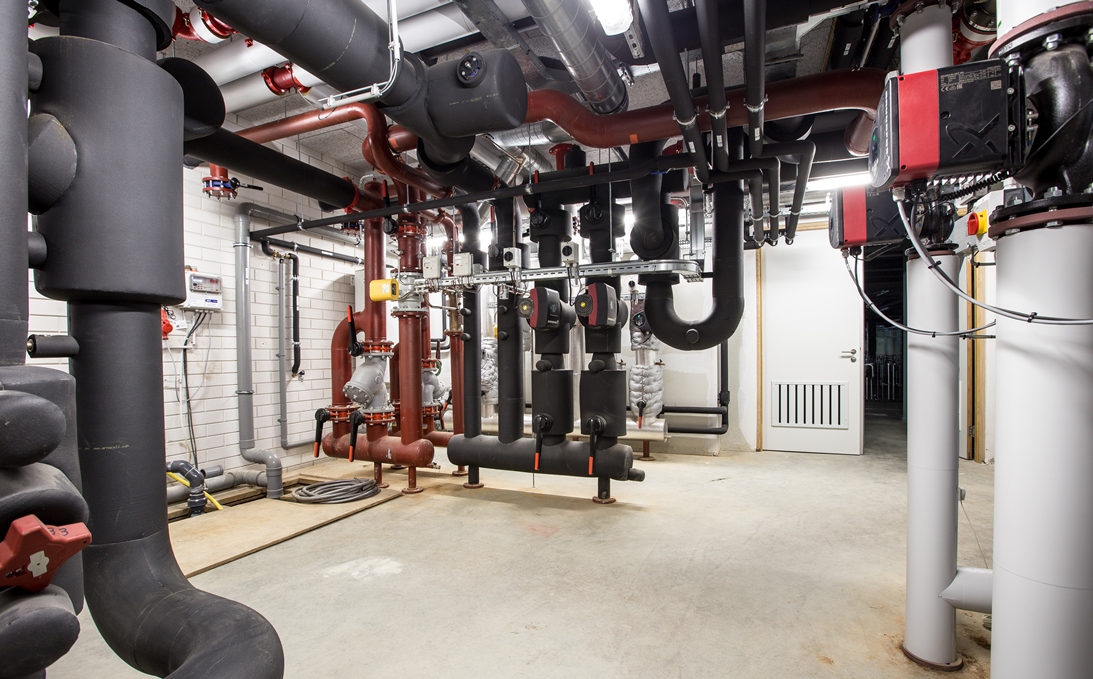
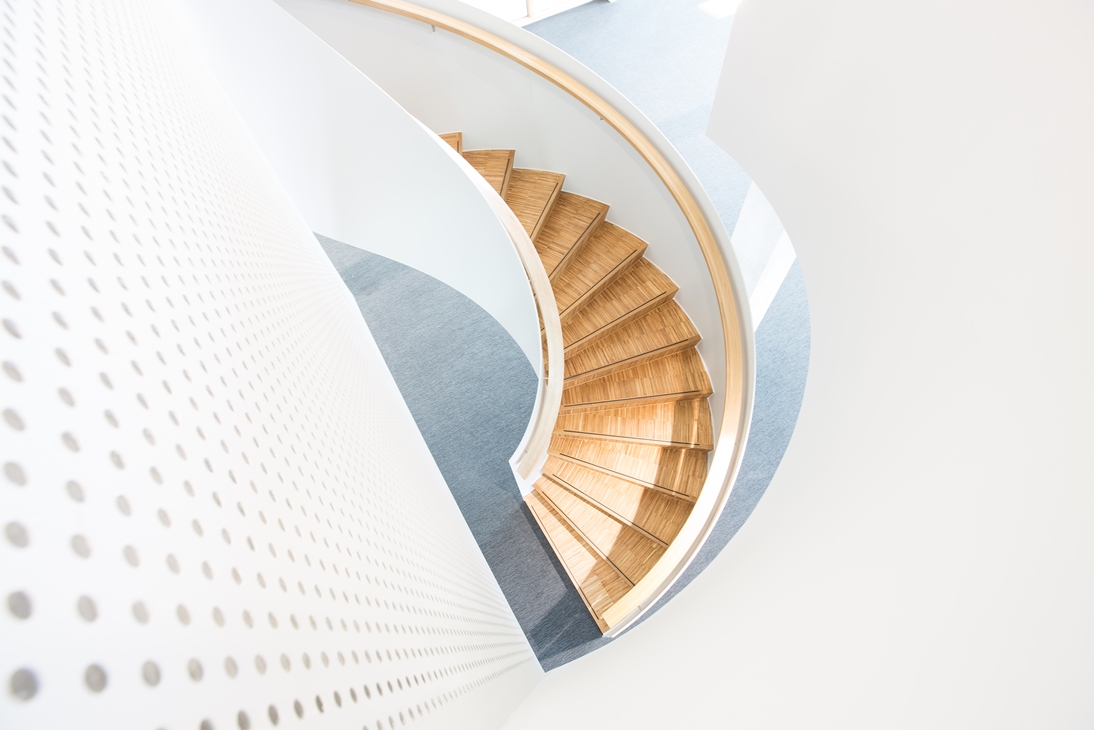
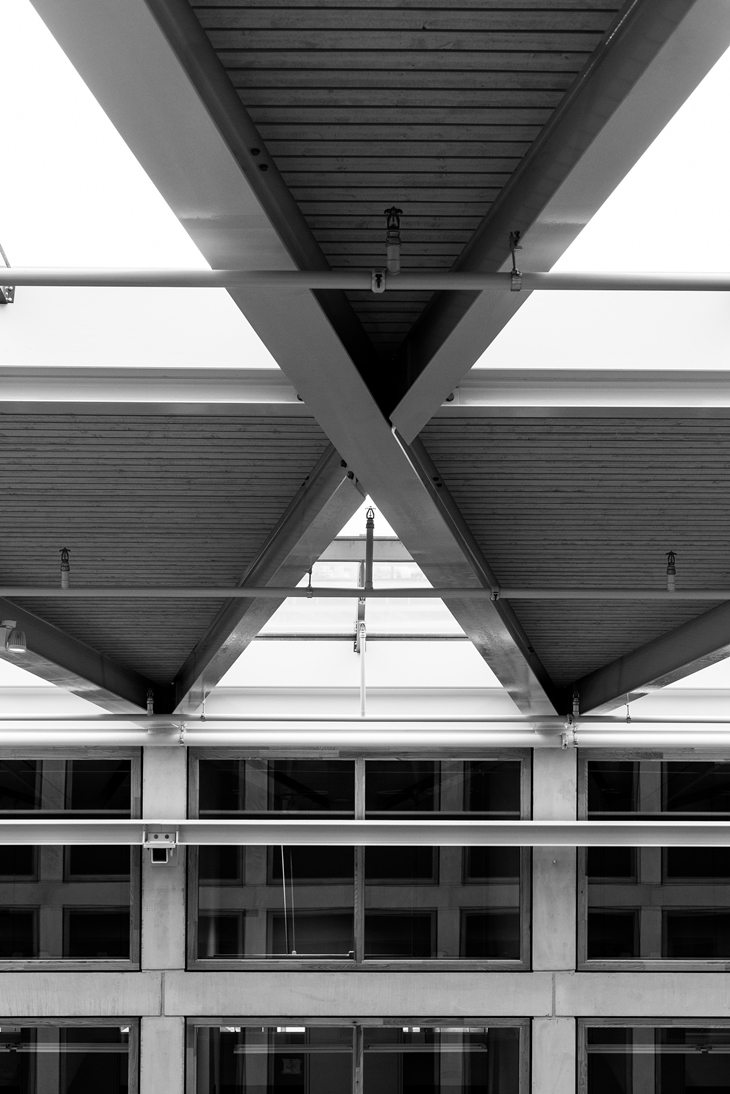
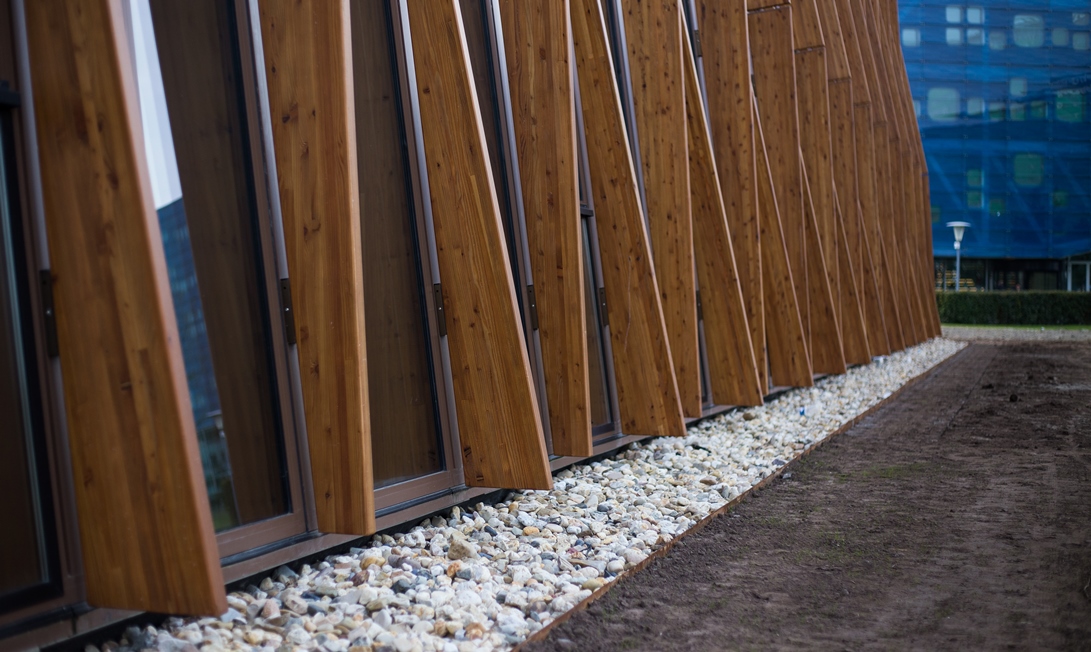
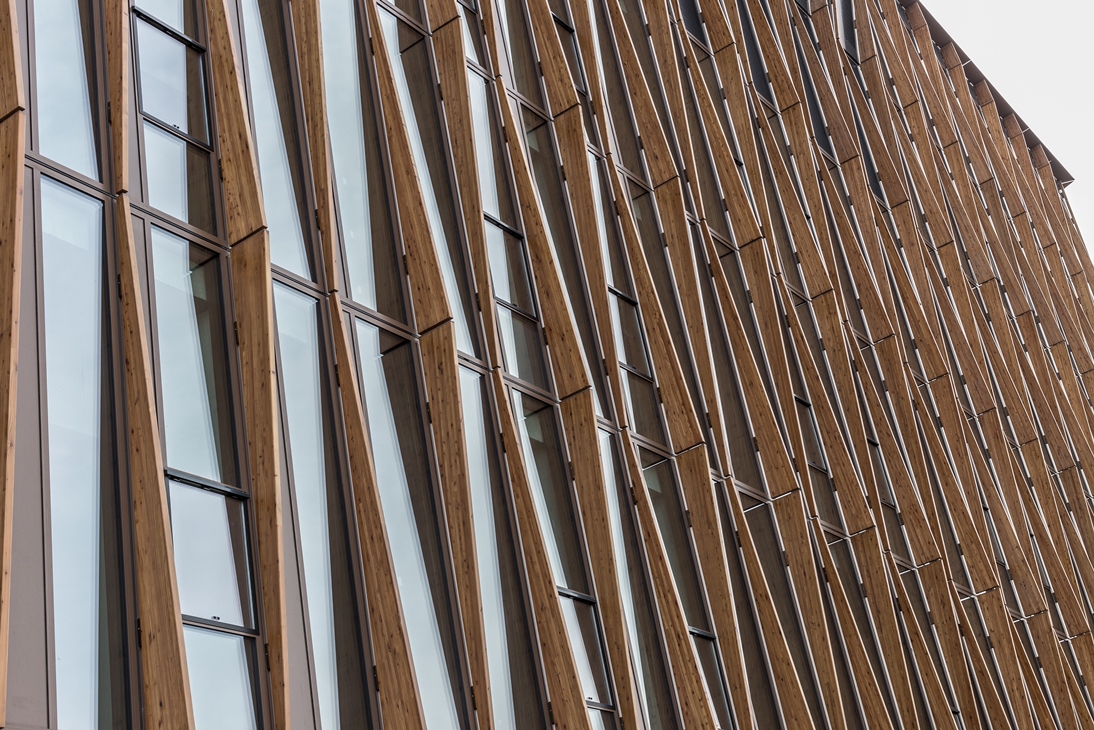
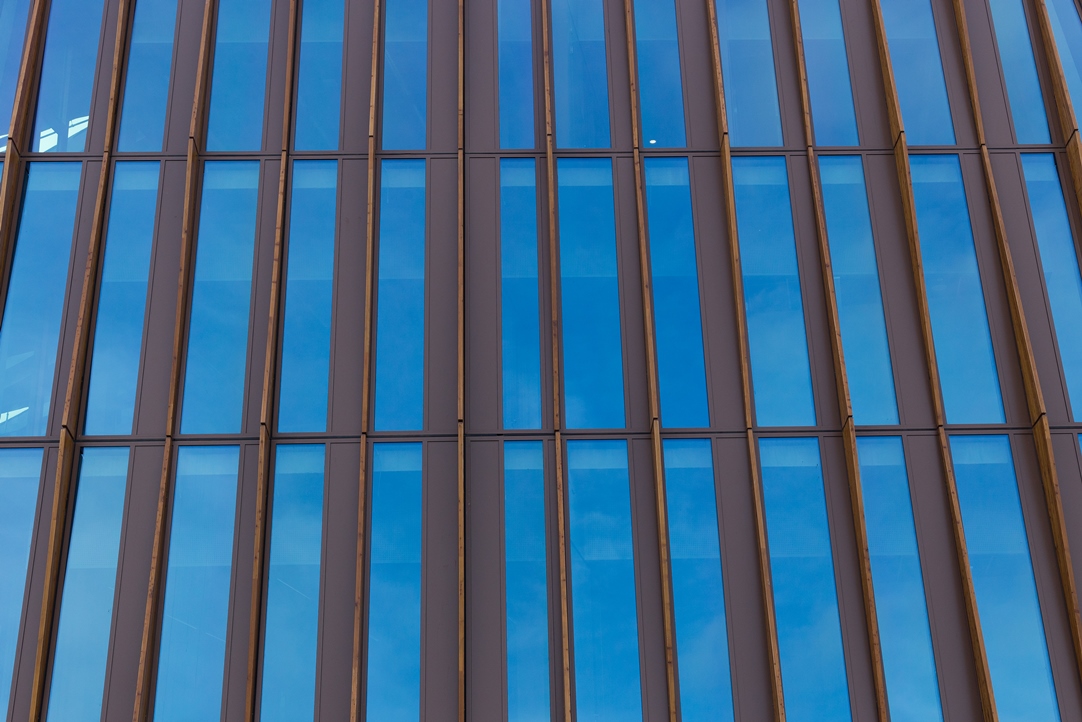
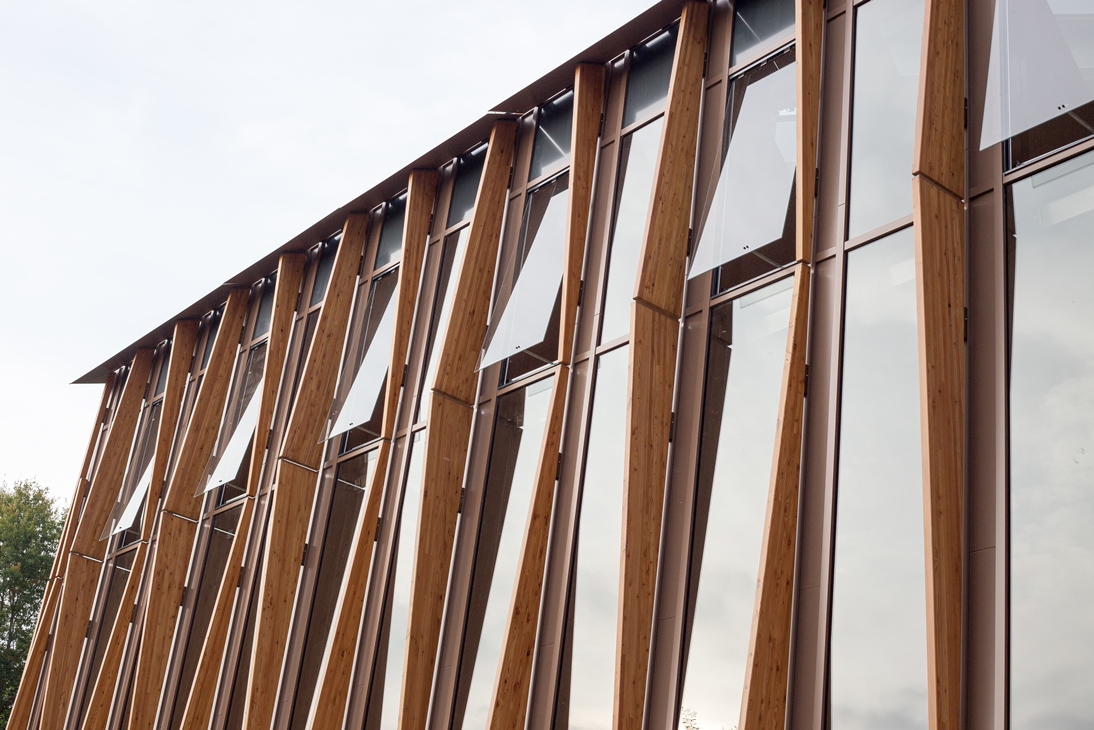
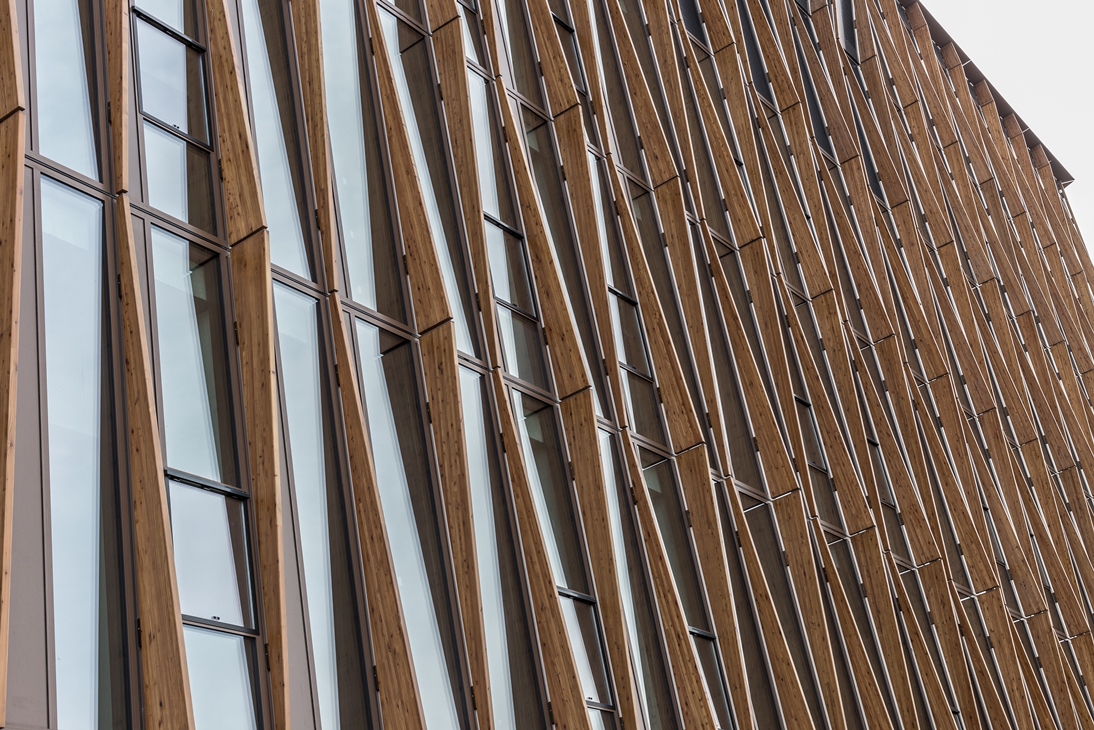
____________________________
Groundbreaking Work
@University of Groningen
| Last modified: | 04 November 2024 12.35 p.m. |
More news
-
04 July 2025
University of Groningen awards various prizes during Ceremony of Merits
The UG awarded different prizes to excellent researchers and students during the Ceremony of Merits on 4 July 2025.
-
02 July 2025
Relinde Weil reappointed as a member of the Supervisory Board UG
The Minister of Education has reappointed Relinde Weil for a second term as a member of the Supervisory Board of the University of Groningen.
